When you flip over a piece of pottery, you’ll often find valuable pottery marks or a set of markings on the underside. The bottom of a piece of ancient pottery can often have pottery and porcelain marks, which can be used to determine who the original potter was.
When one is first starting out in the hobby of collecting, it may be difficult to determine with absolute certainty whether one is looking at a genuine or a fake maker’s pottery mark.
Spending the time and making the effort to learn the distinctive hallmark of each company is unquestionably worthwhile. It is important to keep in mind that manufacturers often modify their pottery and porcelain marks.
Even if a guide would be useful, not many writers have been willing to put in the effort required to compile an exhaustive list of pottery and porcelain marks. It is to your greatest benefit to study and get knowledge from the kind of pottery and porcelain that most piques your interest.
Table of Contents
How Different Marks Affect the Value of Antique Pottery?
It is essential to the process of determining the worth of your antique pottery that you be able to recognize the pottery figurines on the pottery.
Certain potters, potteries, and patterns are highly sought after by collectors, and the incised mark may tell you whether or not you are in possession of anything of exceptional worth.
In addition, pottery and porcelain marks sometimes contain a date or a number in a sequence, which enables one to determine the age of an ancient piece of pottery and porcelain based on the mark.
If there is no significant difference in any of the other aspects of collectible pottery, the general rule is that older instances are more valuable than more recent ones.
Famous Pottery Marks
The following guide will help you in the identification valuable pottery marks:
Weller Pottery and Porcelain Marks
The year 1872 marked the beginning of manufacturing at Weller Pottery, which continued until 1948. These antiques are famous for the timeless Arts and Crafts designs they created, in addition to the stunning Art Noveau items they produced.
A straightforward vase may set you back close to one hundred and fifty dollars. The name Weller is spelled out in the image using a typeface that has a lot of curves in it. During those decades from time period (1930s-1940s), this logo helped to date the antiques.
Van briggle pottery marks
Since the year 1899, the Van Briggle Pottery has been in continuous operation. It is now the oldest art potter in the United States that still produces collectible pottery, making it the oldest art potter in the United States overall.
The pottery has a timeless appearance because of the skilled application of unique matte glaze, which is one of the reasons why it is so popular. The arch in a box, the Van Briggle common mark name, and Colorado Springs have all been associated with the Van Briggle Pottery brand for many years.
Pottery made by Paul Revere
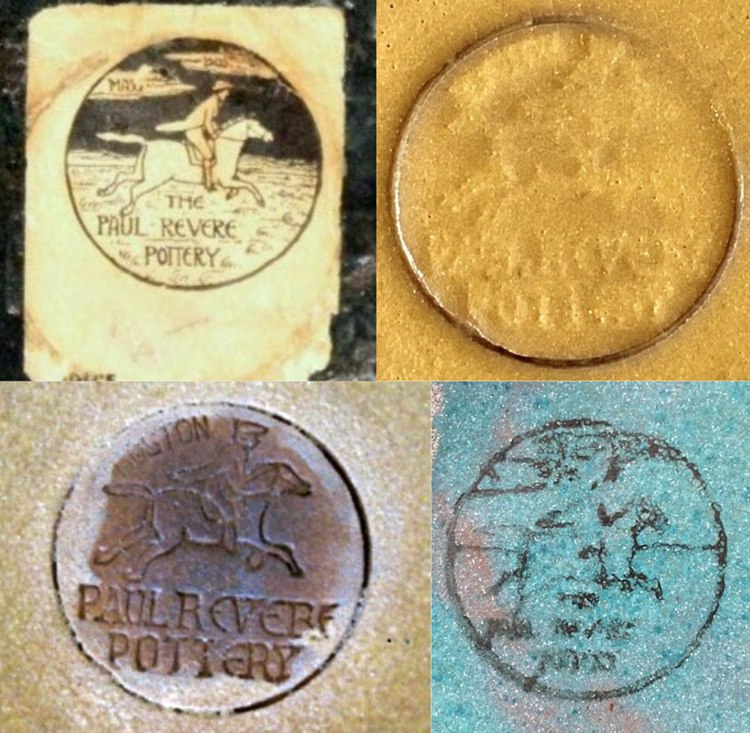
There is a fascinating tale behind the Paul Revere Pottery brand, which date back from 1908 until 1943. In the early 1900s, Boston was home to a large number of low-income immigrant families.
During the day, the parents had to go to work, leaving their children home alone. The Saturday Evening Girls Club was founded by a librarian by the name of Edith Guerrier in order to provide young women with a location to go to, activities to participate in, and a setting in which they could acquire morals, work ethics, and business knowledge in order to better their life.
While the girls listened to music or read aloud at the club, they painted the ceramics by hand using their own designs.
As a result of the attention that the club gained from the Boston socialites, there was soon enough money to offer the Saturday Evening Girls employment that was comparable to that of the Fair Trade movement of today.
It was a far better option than working in the sweatshops that were so common during that era. The picture of Paul Revere riding his horse and the phrases “Boston” and “Paul Revere Pottery” are both clearly visible on the bottom of each piece of Paul Revere Pottery, making it simple to recognize the pottery.
Roseville pottery mark
Between the years 1890 and 1954, the Roseville arts and crafts company operated in Zanesville, Ohio, and produced pottery with patterns that were both unusual and beautiful.
Over the course of its history, the company manufactured a wide variety of ceramic wares, always evolving in response to changes in market demand and customer preferences. Pottery that was designed between the years 1920 and 1940 is often the most sought after.
The ceramics company first started using the raised writing that is exhibited here in the year 1940. This is the marker that may be found the most often.
Rookwood Pottery mark
Rookwood Pottery was established in 1880 and enjoyed sustained prosperity up to the onset of the Great Depression. It is well-known for the stunning Arts and Crafts patterns that it creates.
The business nearly made it through the Great Depression, but it continued to struggle until 1967 when it finally shut down manufacturing. Since then, there has been a change in ownership of the corporation, and since 1982 there has been only extremely minimal manufacturing.
The ceramics produced by the company was identified by a back-to-back R and P that were encircled by flames. Between the years 1886 and 1900, a flame was added to the mark each year, and then Roman numerals were put beneath the mark to show the year it was produced.
Newcomb college pottery
Between the years 1895 and 1940, Newcomb college pottery was in operation. The enterprise was also known as Newcomb College Pottery, and it was run for the benefit of the more advanced art students that attended Newcomb College.
The business was well-known for its relief decorations, which often included flowers, oak trees, and Spanish moss over a blue background.
The components were identified with a single N enclosed in a C. Other marks included the potters initials and a specific system of letters that marked the year that the item was manufactured. These pottery and porcelain marks and other figurines were found on the bottom of the piece.
Pottery made by Teco
Between the years 1899 and 1929, Teco was a little pottery that focused on producing terra cotta. Teco has distinct pottery and porcelain marks which help in identifying pottery.
The craftsmen loved the straightforward and undulating forms created by Frank Lloyd Wright, and as a result, their work became strongly linked with that particular style very quickly.
Teco’s trademark consists of a huge letter T with the word “eco” printed in a vertical line along the side.
Grueby pottery and porcelain marks
In the year 1897, Grueby Pottery was established in Boston. The ceramics collaborated with Stickley and Tiffany to develop one-of-a-kind products, such as a lamp that had a Grueby base with a Tiffany shade.
The company was unable to compete with reproductions that were being mass-marketed and went out of business in 1909. Up until 1920, when it finally shut its doors for good, pottery only produced a little quantity of pottery.
The mark that is seen the most often is a round stamp in the shape of a flower placed in the centre. In addition to that, this item still has the original paper stamp, which is an extremely rare find.
George Ohr Pottery marks
George Ohr was a one-of-a-kind craftsman who went against the grain of the Arts and Crafts movement’s need for simplicity, control, and perfection in the work they produced. Thin walls, strange metallic glazes, and twisted, pinched forms were trademarks of his work, which was renowned for its aesthetic. Since that time, nobody has been able to figure out how to do it again. Ohr used a native clay color that he himself excavated from the Tchoutacabouffa River, which is located in southern Mississippi.
The pottery merely had the mark of G.E. OHR and the location of Biloxi, Mississippi.
Fulper Pottery
Throughout its lengthy history, Fulper Pottery has gone through a number of name changes. Hill Pottery, the forerunner of Fulper, had its start in business in the year 1814.
In the years leading up to its incorporation in 1889, it underwent a further three rounds of name and ownership changes. It debuted its first piece of art pottery that year (1909), and its glazes quickly became renowned for their exquisite beauty.
Between the years 1922 and 1928, Fulper made use of a stamp that is known as the “oval racetrack.” It may be located at the very bottom of the sculpture, off to the side, and it features the word “Fulper” inscribed vertically inside of a lengthy oval.
There are many different reasons why you would be interested in determining whether or if your pottery is valuable and, if so, how much it is worth.
It’s possible that you’re considering selling it, or that you need to determine its value for insurance, settlement, probate, trust planning, or collection purposes. In any event, it is essential that you be aware of the worth of the antiques and pottery that you own.
The aspects or criteria that will be mentioned further down in this article all play a part in determining how much distinct pieces of pottery are worth. In the next section, we will also discuss the many methods by which you might estimate the worth of the art pottery you own.
Considerations to Make When Determining the Worth of Your Pottery
Here are the six most important criteria to determine whether or not your pottery is valuable.
State of the Antique pottery
The worth of a piece of pottery will be determined by its state of preservation. When something is in absolutely pristine condition, we refer to it as being in “mint” condition.
This indicates that there are no cracks, chips, or breaks in it and that it is, in essence, in the same condition as when it was first purchased. Pottery that has never been used and is in pristine condition commands a very high price.
On the market and at auction house, prices tend to be higher for vintage items that have been meticulously preserved and are in pristine condition.
The high value may be attributed to the fact that these items have retained their authentic finish and have not been subjected to any kind of restoration or repair.
Damage, regardless of how little it may be, may significantly decrease the worth of an item. For instance, the value of a piece of glass may be greatly diminished by even the smallest break in the material.
Chips, cracks, and other evidence of repair are some of the things that you should look for in order to identify pottery. Whether you possess a figure, you should also check to see if any of its fingers or nose is broken.
Rare antique and style
When something is said to be uncommon, it indicates that there are not very many examples of it available. As a result, very few individuals have such kind of pottery in their collections.
The scarcity of ceramics may have been caused by a number of different circumstances. For starters, it’s possible that production of the item was halted a long time ago and hasn’t resumed since.
It’s also possible that there were just a few pieces produced, maybe because the majority of people at the time were unable to purchase them.
It is also possible that the item was manufactured in vast quantities, but that there are just a few examples of it still in existence now. This is the case with many types of pottery, such as plates made of porcelain and stemware made of crystal.
Rare goods may also include pieces that have odd patterns, glaze, colors, sizes, and forms in addition to those that are uncommon. These things are notoriously difficult to replicate, which contributes to their high market value.
The originality of the antique work
What percentage of the work is original? The degree to which a thing is genuine and unaltered is one factor in determining how authentic it is. In order to establish whether or not a piece of pottery is genuine, there are a few things that need to be taken into account.
First, determine whether or not the base has any decorating company names or other marks and whether or not they are authentic.
The second step is to examine the time frame to evaluate whether or not it is accurate. You should also do some research on the person who made the item to see whether or not they are the actual artists who created the thing.
In addition, handcrafted works exude a greater sense of authenticity than other types of artwork do, and as a result, they often sell for the highest prices.
You should be able to examine aspects of a piece of pottery such as its glaze, texture, color, materials, and design in order to make an informed determination of whether or not it is genuine pottery.
As could be anticipated, the value of your pottery will increase proportionately with the degree to which it is genuine.
Pottery or porcelain artwork
A work of art is considered to be attractive when all of its components are combined and work together beautifully. Because the colors are harmonious with one another as well as with the patterns and the scale of the artwork, the overall effect is one of aesthetic satisfaction.
Aesthetic value is often subjective, and what appeals to one person may not appeal to another person at all or may not appeal to them very much at all. Therefore, items that have a universal aesthetic appeal tend to command a very high price since they are so difficult to come by.
Desirability
Is there a high demand for the item? If they could get their hands on such a piece, would they pay top cash for it? Carry out the necessary research and investigation in order to have a better understanding of how the ceramic market now stands.
If a large number of individuals have an interest in getting it, then this indicates that it is desired and, as a result, valuable.
Provenance
A piece’s provenance may be defined as the documented history of its previous owners. The worth of the item goes up if any of its previous owners were notable and influential figures in the community.
The brief history of a piece of pottery may significantly increase its value; for instance, an item that has been handed down through the family like an heirloom will be of the utmost significance to its current owner.
It is often considerably simpler to research the ownership history of modern artworks as opposed to those that are much older. In any event, the value of a piece of pottery that can boast an amazing pedigree is far more than the value of similar pieces that cannot.
How to Determine the Worth of Your Ceramics and Pottery?
Here are three ideas that might help you determine whether or not the pottery you own is valuable:
Research should be carried out
The internet is the place to go if you want to find out how much money your pottery is worth. The amount of information that can be found on the internet pertaining to pottery and its worth is immense.
Examine completed auctions of things that are comparable to yours that were held on online marketplaces such as eBay.
If the thing you have is a rare antique, determining how much it is worth in this manner would be challenging since it would be impossible to locate pieces that are comparable to the one you have.
Keep your research focused on items that have previously been purchased, since the selling price is the best indicator of the item’s true market worth.
Additionally, the prices that most vendors ask for are often far higher than the prices that end up being paid, sometimes by a factor of two or three times.
Moreover, you need to confirm that the condition descriptions of the components are accurate. The general rule of thumb is that damaged items will often sell for between 50 and 75 percent of their worth when they are in excellent condition.
This applies to even the most minor forms of damage. Look up the artists who created your pottery while you are still there and research how much their other work is worth; this will give you a better idea of how much your own piece is worth.
Appraisals of Pottery Online
If you are unable to estimate the worth of your pottery on your own, you should look into the services that are offered by online pottery assessments. There are a number of websites that provide art pottery appraisals, both for individual pieces and whole collections of pottery.
You, as a collector, still need to use good judgment even if you are dependent on these services. You must have an idea about dating information. Make sure that the appraiser you are dealing with has prior expertise valuing art pottery and is familiar with the prices that are currently in effect on the market.
It’s possible that your work will be undervalued by someone who lacks the requisite knowledge and expertise.
Your appraiser has to be on top of his game since the value of ceramics fluctuates in a manner somewhat unlike that of stocks or real estate. Because of this, it is essential that you keep this fact in mind.
During the process of appraising pottery, the aesthetic value, quality, common marks, and uniqueness of the piece are all taken into consideration as factors.
Auction
Put your work up for auction and let the competitive bidding decide how much it is worth. The auction has to have a substantial attendance list, and it also needs to have had enough promotion, for it to be successful.
You will be able to determine how much a prospective buyer would pay for your item if you decide to sell it via an auction.
Since there are both physical locations where auctions are held and websites where they can be accessed remotely, you should be able to choose the venue that is easier for you to access.
eBay and Just Art Pottery Auctions both provide live internet bidding, and both are examples of online auction platforms. In addition to this, it is essential to choose an experienced auctioneer.
The Jian tea bowl is a piece of Chinese ceramics that was sold at auction for more than 11 million dollars. It is an example of pottery that was able to achieve a high price due to its rarity and quality.
The object had a diameter of around 5 inches, yet it was in perfect shape, had various marks, looked magnificent, and had an amazing pedigree despite its small size.
Where to Shop for Collectible pottery?
Antique rare Edward Bodley Plate
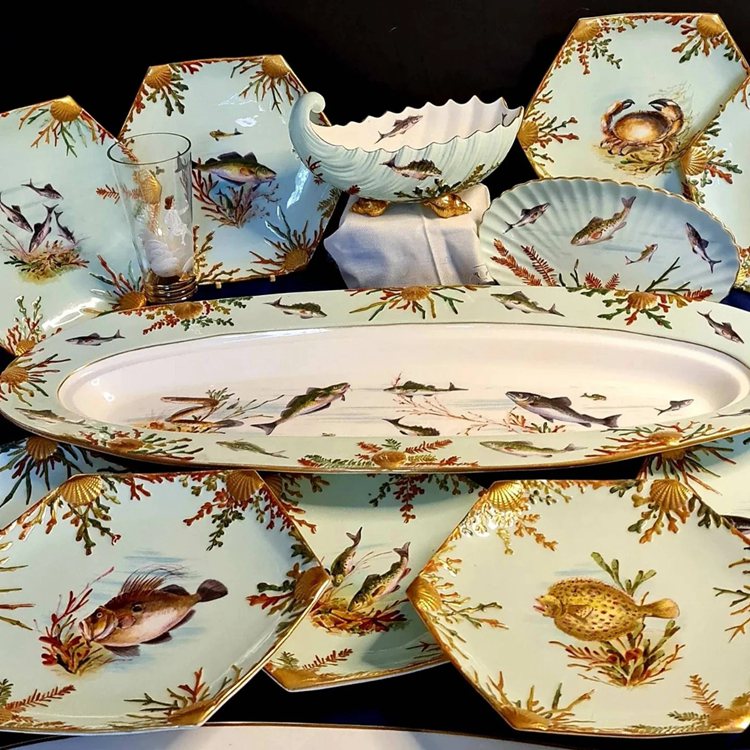
Antique Buffalo Pottery Gravy Bowl
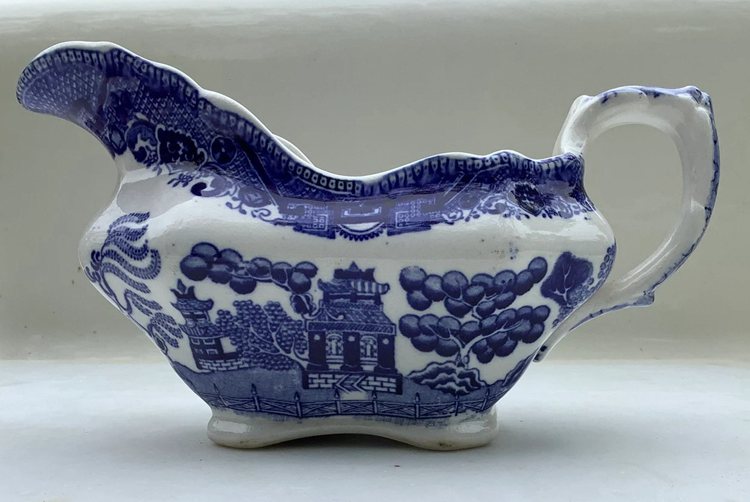
Antique Acoma Geometric Polychrome
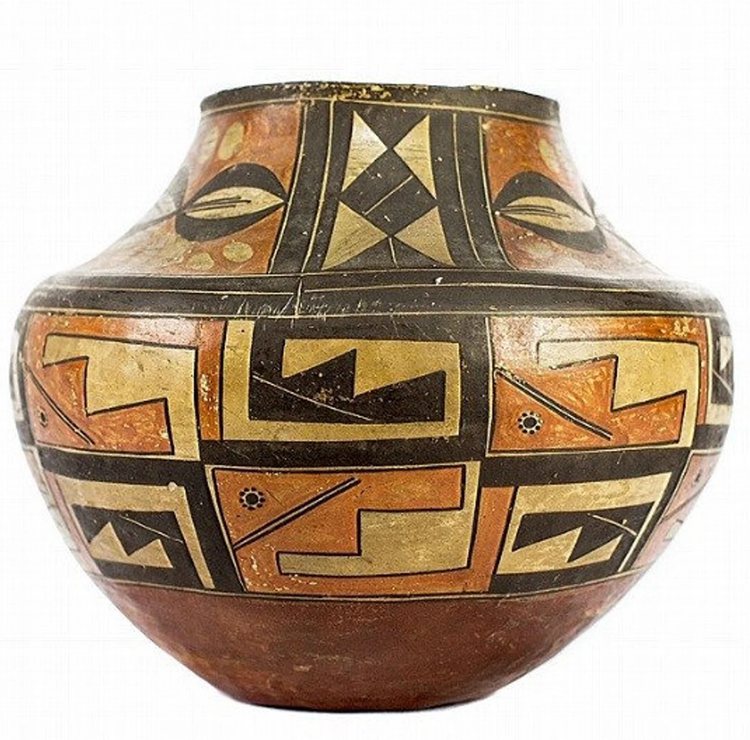
Antique Pottery Olive Jug
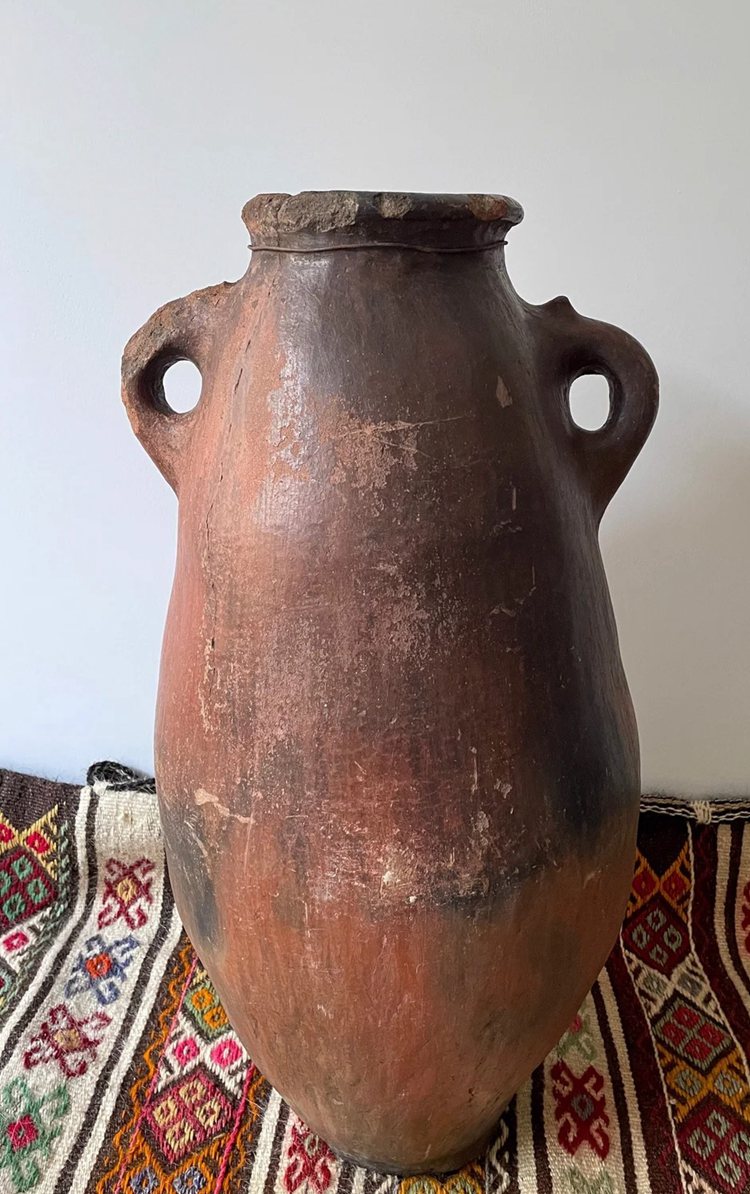
Staffordshire Dinner Plate John Hall Blue Transferware
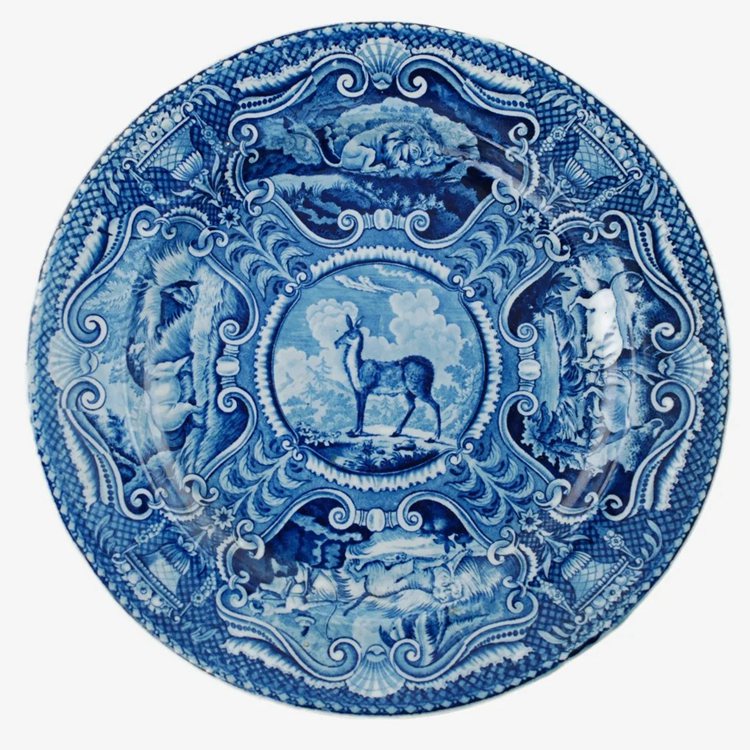
Antique Chinese Porcelain Shunzhi Emperor Pair Blue ridge
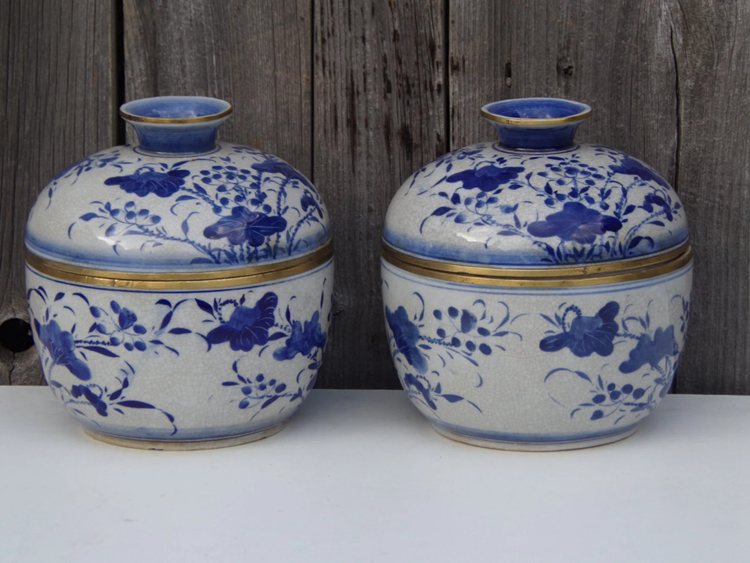
Pottery Ceramic Antique Gold Aqua Blue Bowl
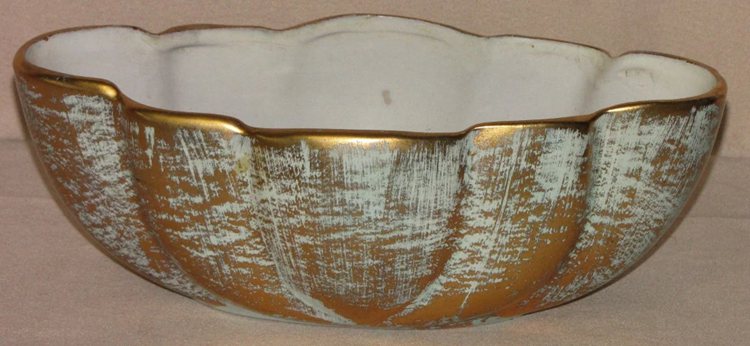
Porcelain Painted pottery vases
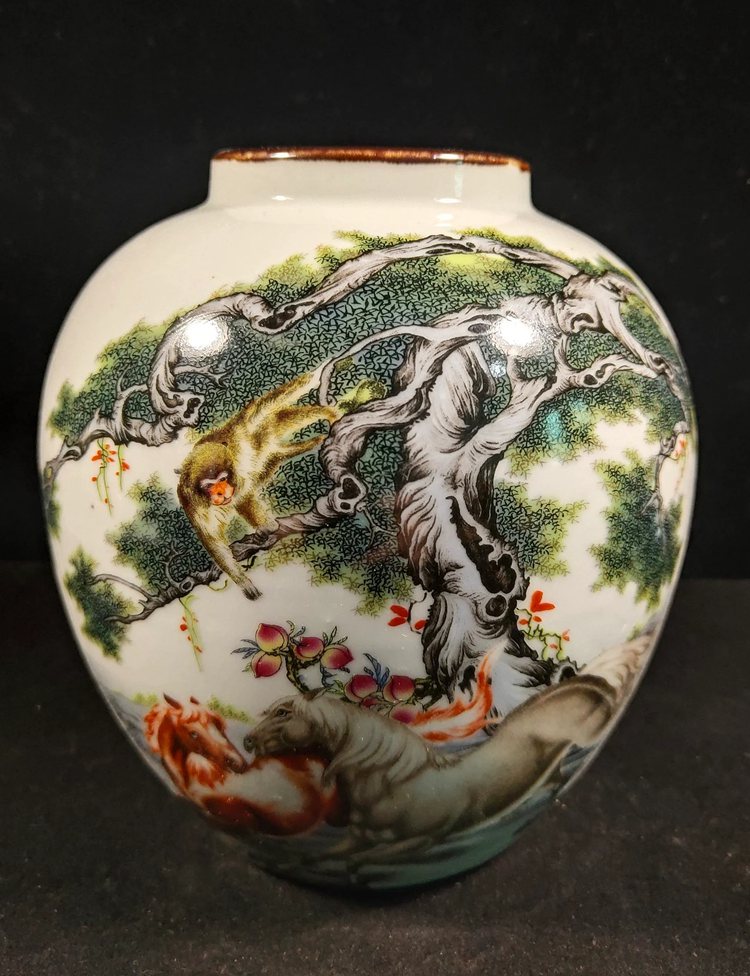
Albion/Leighton Pottery RARE Bowl
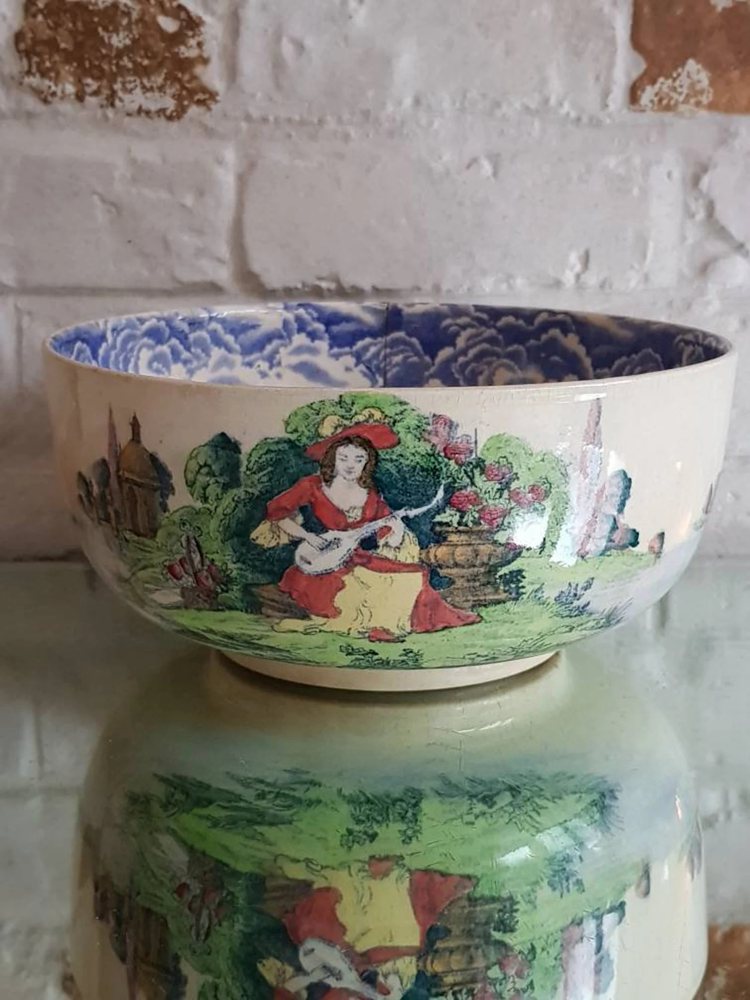
Italian antique ceramics
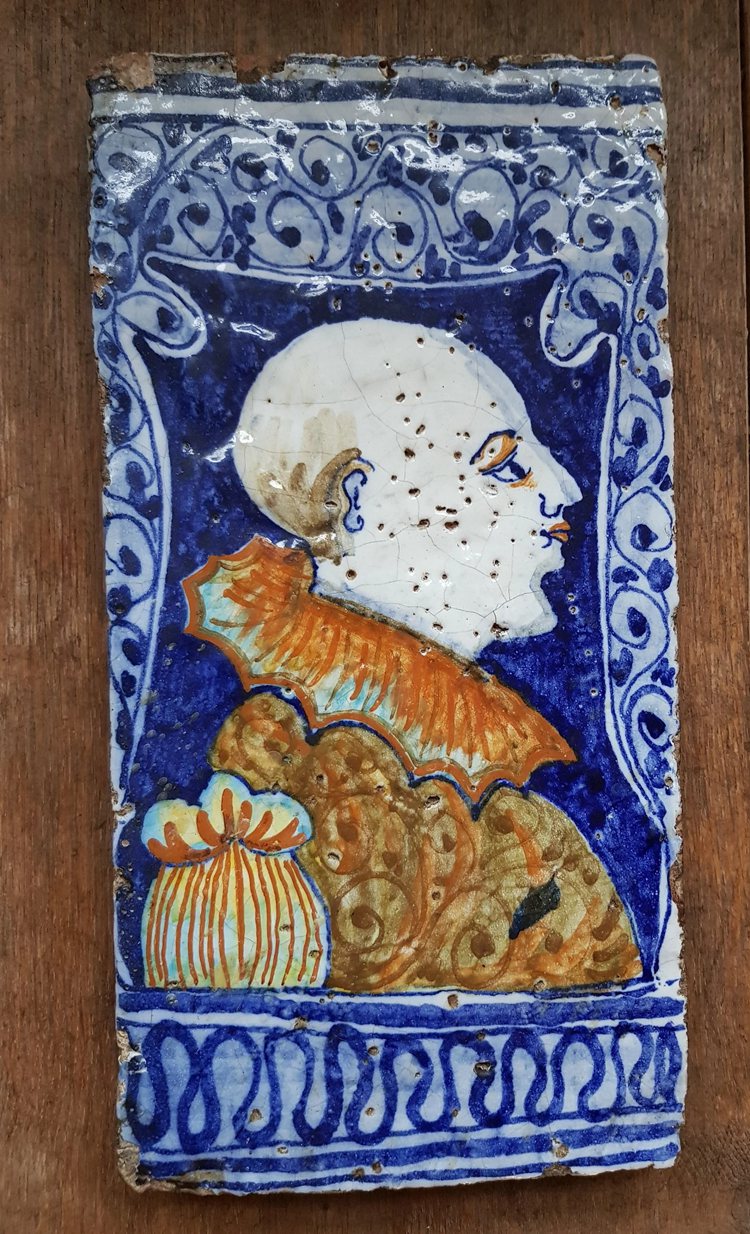
Studio Pottery Vases
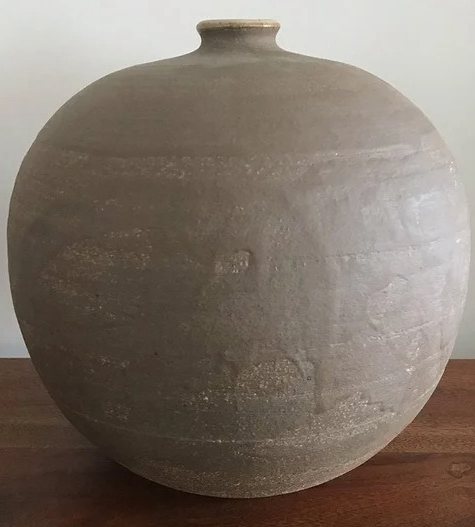
White and blue decorated porcelain plate decorated with gold luster
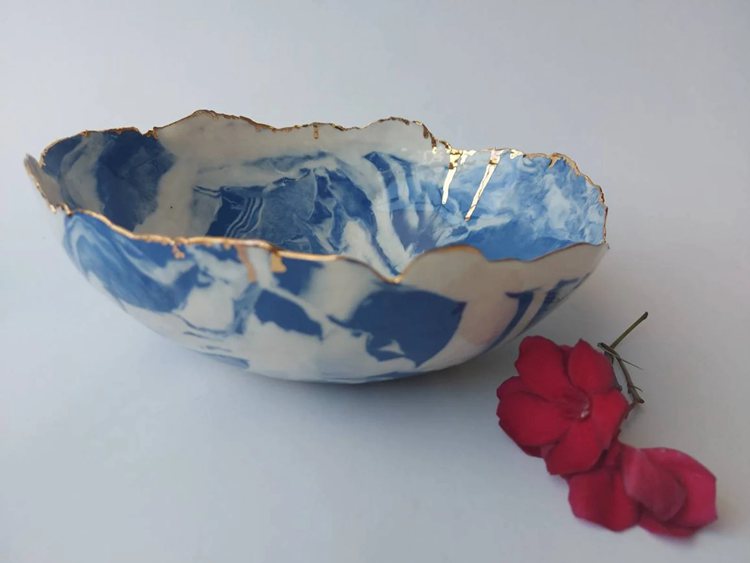
Take Away
The value of some pieces of collectible pottery may be rather high, while other pieces may be close to being worthless.
The worth of an individual piece of art pottery may be estimated based on a number of factors, including the work’s condition, rarity, glaze, porcelain marks, and attractiveness, as well as its authenticity, provenance, and aesthetics.
You may get a good start on determining the value of your arts and crafts movement by considering the pottery and porcelain marks.

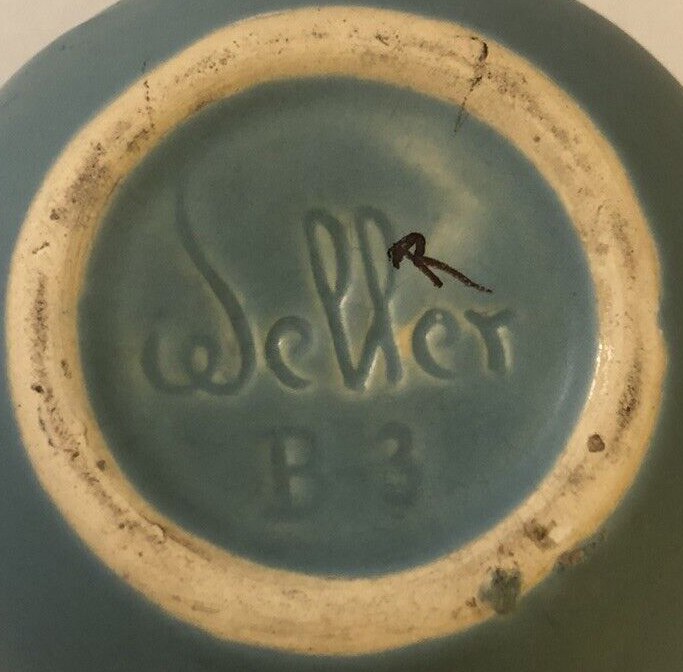
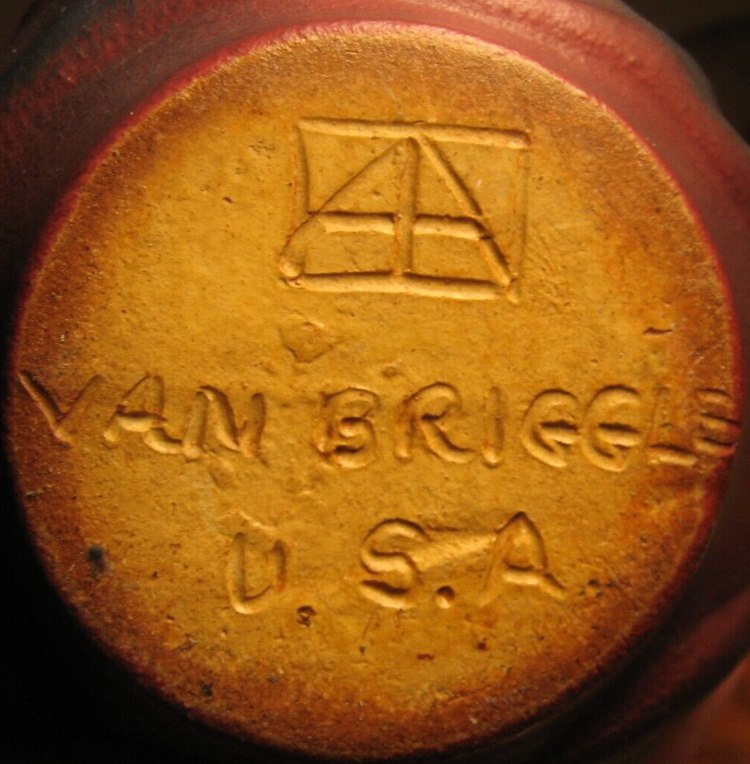
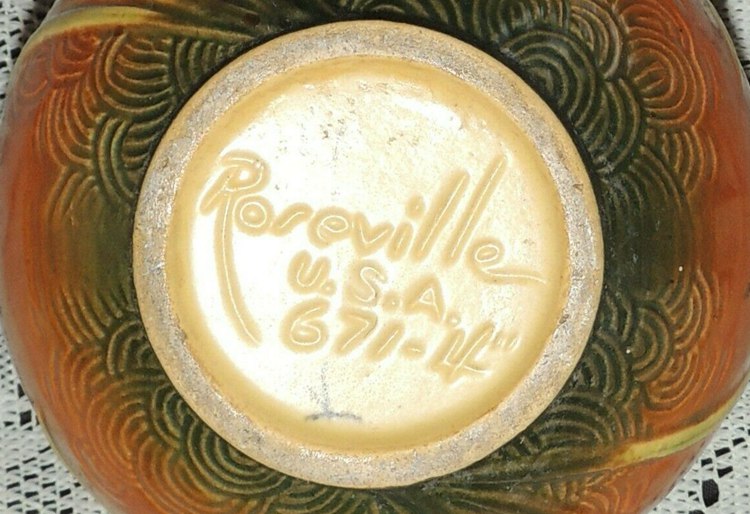
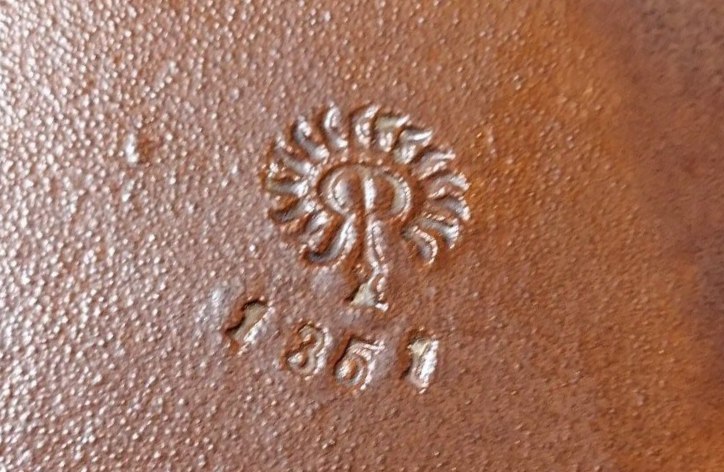
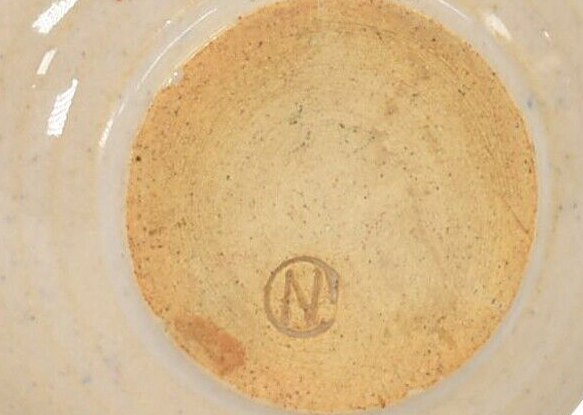
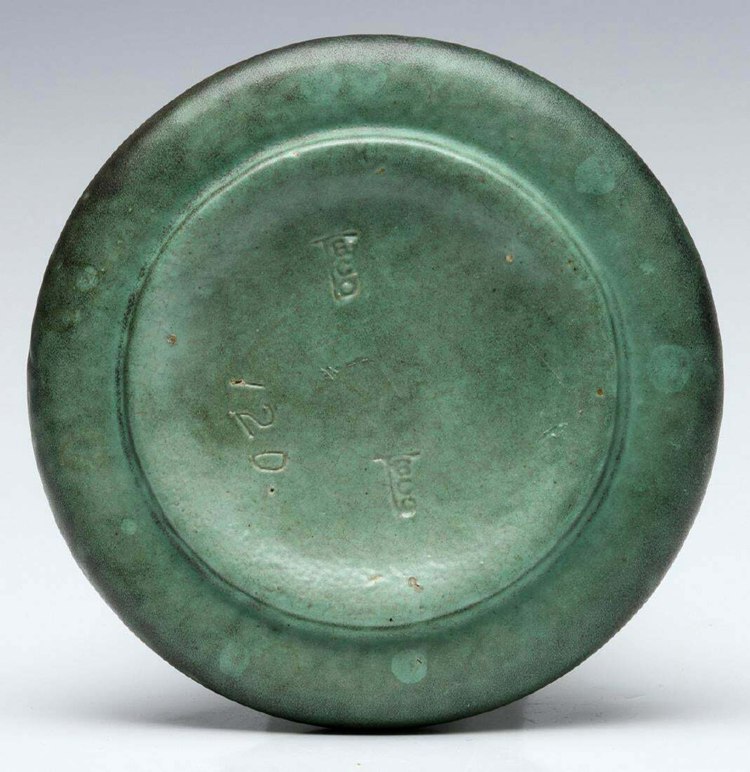
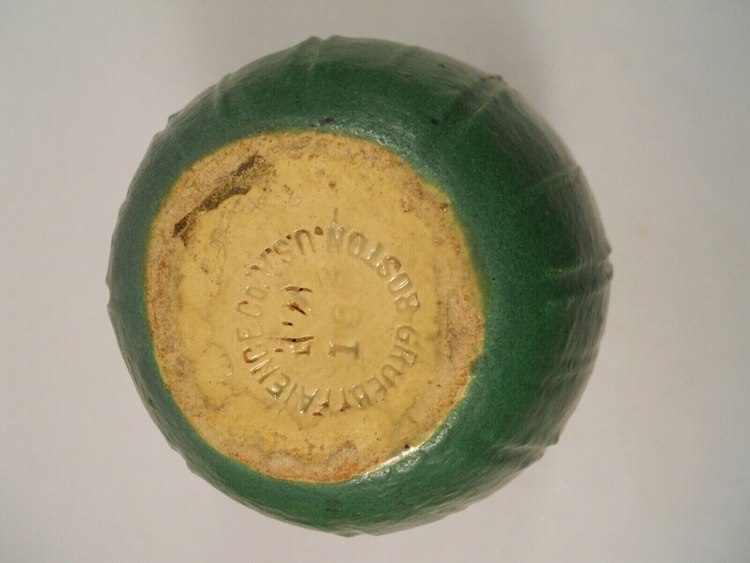
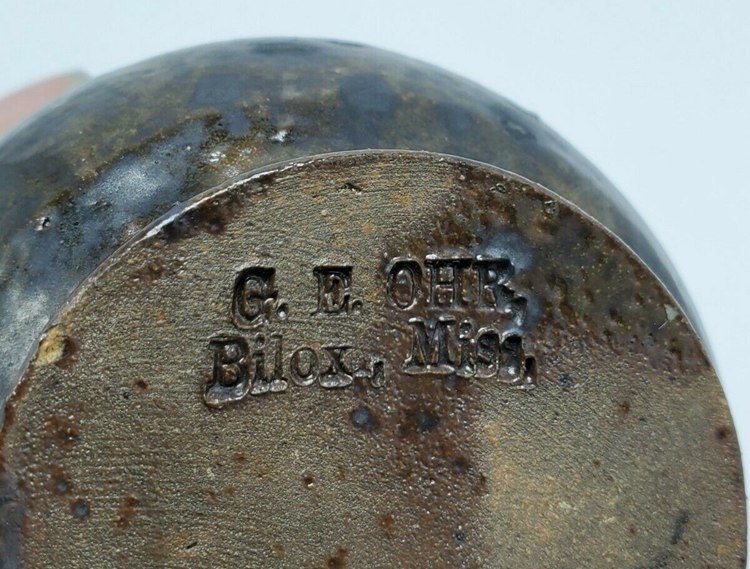
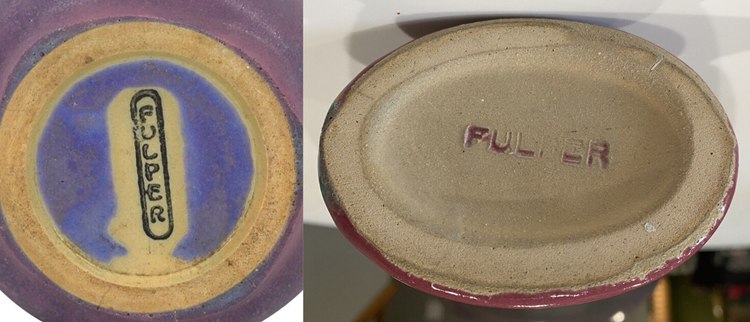




![Where To Sell Antique Furniture In 2022 [Ultimate Guide]](https://www.jacquelinestallone.com/wp-content/uploads/2022/09/Etsy-Your-Place-To-Buy-And-Sell-All-Things-Handmade-600x450.jpg)


